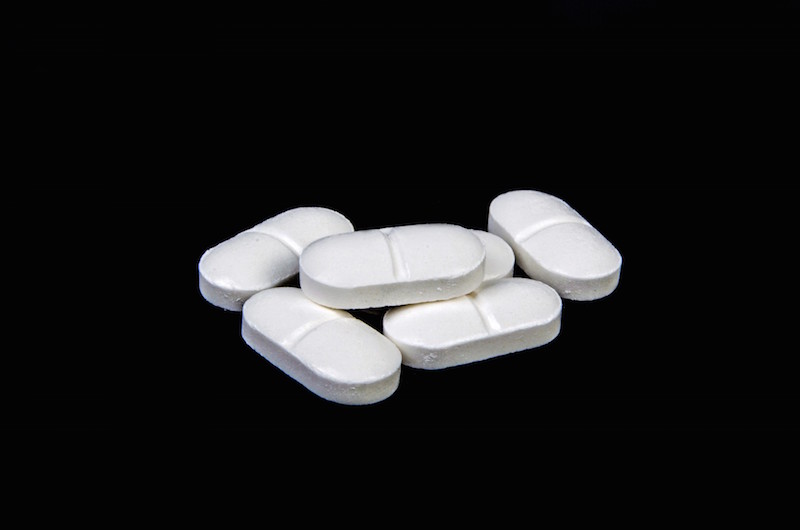Pain pill addiction, and specifically addiction to opioids, has become an epidemic that even the pharmaceutical industry cannot ignore. The numbers of deaths noted in a report from the Centers for Disease Control are staggering; deaths from prescription opioids have quadrupled since 1999, killing more than 28,000 people in 2014. In states disproportionately affected by the opiate epidemic, such as Ohio, the deaths from overdose via either prescription opiates or street drugs now outnumber casualties from car crashes.
Because of this epidemic, the Drug Enforcement Administration (DEA) has taken action with the intent to curb prescription painkiller abuse. In a press release put out last week, the DEA explains that the federal order will decrease manufacture of all Schedule II opiates by 25% or more by 2017. Some of the most powerful prescription opiates, such as hydrocodone, will be manufactured in quantities equaling 66 percent of last year’s. This decrease in production is meant to cause a scarcity in supply, making doctors less likely to prescribe opiates or provide refills.
The federal government’s actions are well meaning but the DEA overlooks some basic facts about addiction with this plan. While preventing physicians from prescribing a drug in the first place may curtail people from ever starting to abuse opiates, scarcity, and decreased supply of an addict’s drug of choice, will increase demand for people who are already using. When an addict can’t get their drug of choice legally, and cravings kick in, there is little doubt that they will try to find another way. Withdrawal can be painful, and sometimes even deadly, if there are health conditions that complicate things. You can’t just cancel an addicted individual’s supply of drugs without a game plan to help them cope, preferably a medically supervised taper or withdrawal with structured emotional support.
And what about chronic pain patients addicted to opiates? Their stories often go unheard. While some people in severe pain are able to taper from opiates successfully, many others who suffer chronic pain due to injury or illness become dependent on dangerous narcotics. Even if they do not abuse the drug, the same dosage no longer provides the same relief it once did after long-term use. Because of this, many chronic pain patients inadvertently become dependent on opiates, develop a tolerance, and become addicted to the medication. Other pain patients may begin to depend on them psychologically as well as for pain relief. When a doctor notices this dependence, they often will simply refuse to refill the drug, leaving pain patients desperate, and sometimes facing a painful and dangerous withdrawal on their own.
When pain patients are forced to withdraw , without guidance, from their opiate medication by well-meaning medical doctors, some of these addicted individuals will seek out a substitute on the streets. Left to their own devices, the fear of the pain of withdrawal may make them desperate to find relief. They may even try to buy the drug from an illicit black market online.
It’s easy to remove a drug from the addict’s life, but this doesn’t take away chronic pain or give an addict a path to recovery. Without a concrete plan to help a pain patient manage their pain effectively, as well as recover from addiction, many are left to their own devices to seek relief wherever possible. Without a plan to help people with severe and debilitating diseases find relief, there is no hope for reducing opiate use among those with chronic conditions.
Making drugs illegal has never deterred their use, and making them less available won’t stop an addicted individual from turning to street drugs or other sources. The DEA’s actions will not curtail addiction that already exists, and in the end, less production may drive more desperate users to the streets and to more dangerous drugs as a means to get their fix. Without a plan to focus on treating and understanding complex issues in addiction, such as helping those with chronic, debilitating pain, directives such as the DEA’s are meaningless, and may cause more harm than good for some addicts.
Image Credit: PublicDomainPictures.net



Leave A Comment
You must be logged in to post a comment.